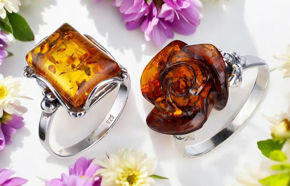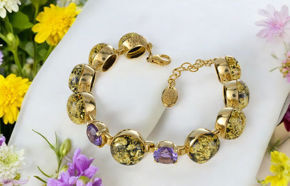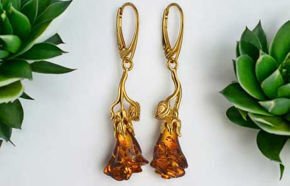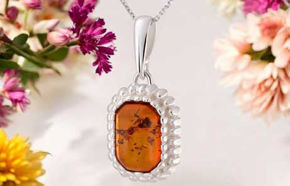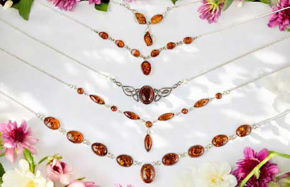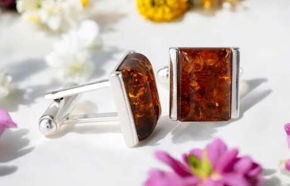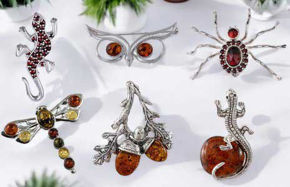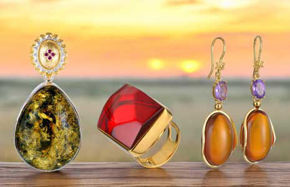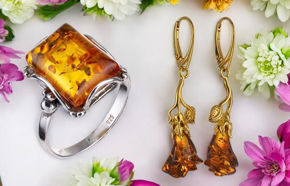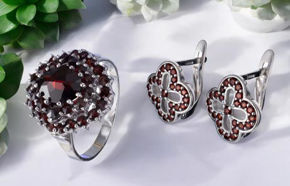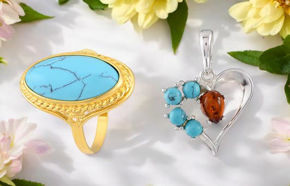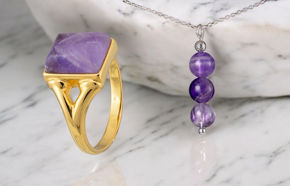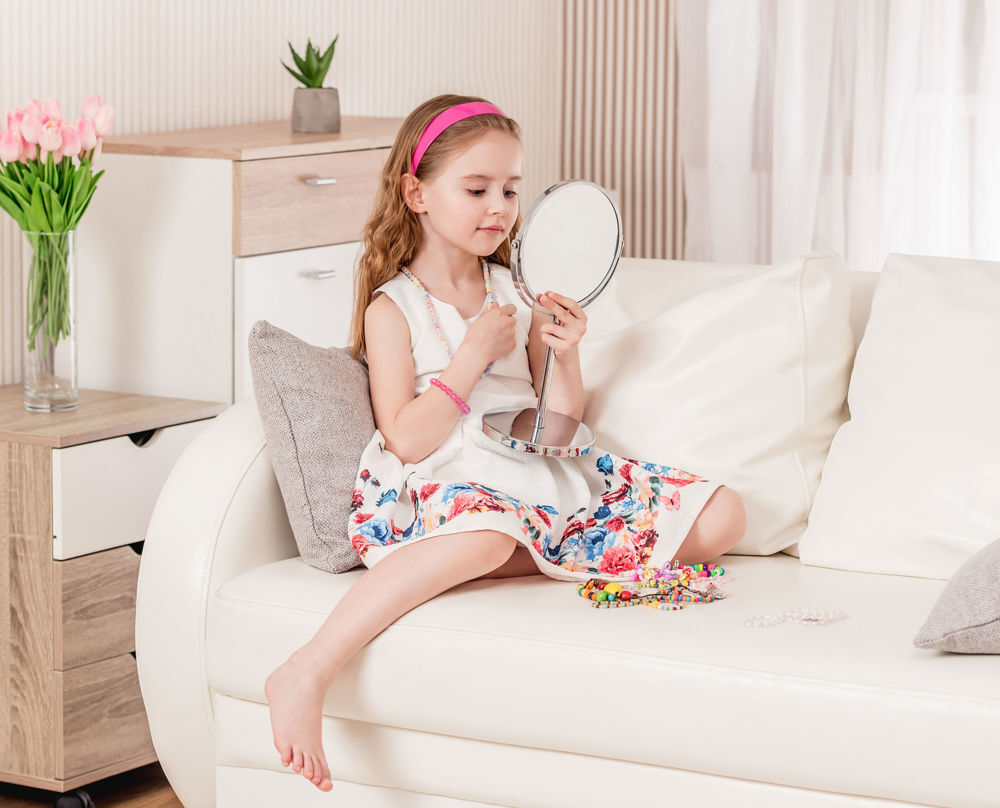Introduction
When it comes to dressing our little ones, safety is always top of mind. But what about accessories like chains and necklaces? Is it safe for 4-5-year-old kids to wear these adornments? While jewelry can be a fun way to express personality and style, it's important for moms and dads to weigh the potential risks and benefits. In this blog post, we'll explore everything you need to know to make an informed decision. From understanding the importance of safety to seeking expert opinions, we'll cover all the bases. Plus, we'll provide practical tips for safe use and suggest alternative options that are both fun and safe for your kids.
The Importance of Safety
Safety is paramount when it comes to young children. The allure of a shiny necklace can be captivating, but it doesn't take much for an innocent accessory to become a hazard. With their curious minds and active lifestyles, young children are particularly vulnerable to accidents involving everyday items, including jewelry. It's essential for parents to stay informed and vigilant to protect their little ones from potential harm. This extends to seemingly harmless objects like chains and necklaces, which can pose significant risks if not used properly.
Potential Hazards
Chains and necklaces, while attractive, come with their own set of dangers. Here's a closer look at some of the most common hazards:
Choking
Choking is a serious concern, especially for young children who tend to put everything in their mouths. A small charm or bead on a necklace can easily become dislodged, posing a choking risk. According to the U.S. Consumer Product Safety Commission (CPSC), choking is one of the leading causes of injury and death among young children.
Skin Irritation
Many types of jewelry, especially those made from cheaper materials, can cause skin irritation or allergic reactions. Nickel, a common component in many metals, is a frequent culprit. Symptoms can range from mild redness to severe itching and discomfort.
Entanglement
Necklaces and chains can also become tangled, creating a strangulation hazard. This is particularly risky during playtime or sleep, when a necklace could catch on playground equipment or bedding. The American Academy of Pediatrics (AAP) advises against allowing children to wear jewelry while sleeping for this reason.
Expert Opinions
To get a well-rounded view, we consulted pediatricians and child safety experts on the safety of chains and necklaces for young children. Dr. Sarah Johnson, a noted pediatrician, emphasizes, "While jewelry can be a fun accessory, the potential risks often outweigh the benefits for young children. Parents should carefully consider these factors before allowing their kids to wear chains or necklaces."
Child safety expert Tom Harris adds, "It's crucial to prioritize safety over aesthetics. Parents should consult product safety reviews and adhere to guidelines provided by reputable organizations like the FDA."
Safety Measures
If you decide that your child can wear a chain or necklace, it's essential to take appropriate safety measures to minimize risks. Here are some practical tips:
Choose the Right Material
Opt for hypoallergenic materials like sterling silver, gold, or surgical-grade stainless steel to minimize the risk of skin irritation. Avoid cheap metals that may contain harmful substances like lead or nickel.
Ensure Proper Fit
Make sure the necklace fits snugly but not too tightly. It should be loose enough to move but not so long that it poses an entanglement risk. Adjustable clasps can offer some flexibility.
Supervise Wear
Always supervise your child when they are wearing any form of jewelry. Remove necklaces during sleep, playtime, and other activities where the risk of entanglement is higher. Regularly inspect the necklace for signs of wear and tear.
Alternatives
If you're concerned about the risks but still want your child to enjoy wearing accessories, consider these safer alternatives:
Teething Necklaces
Teething necklaces made from amber or silicone are designed specifically for young children. They provide the dual benefits of being safe to chew on while also serving as a stylish accessory. However, it's important to note that the FDA has issued warnings about the potential risks of teething necklaces, so always opt for products that meet safety standards.
Fabric Jewelry
Fabric-based jewelry like cloth bracelets or headbands can be a safe and comfortable alternative. These items are less likely to cause irritation or entanglement and can be easily cleaned.
Stickers and Temporary Tattoos
For a fun and safe way for kids to express themselves, consider using stickers or temporary tattoos. These options eliminate the risks associated with traditional jewelry and can be easily changed based on your child's mood or outfit.
Conclusion
Safety should always be the top priority when considering whether your 4-5-year-old should wear chains or necklaces. While these accessories can be fun and stylish, the potential hazards like choking, skin irritation, and entanglement are significant. By following expert advice and implementing practical safety measures, you can minimize these risks. Alternatively, consider safer options like teething necklaces, fabric jewelry, or temporary tattoos to keep your child both stylish and safe.
For more information on child safety and appropriate accessories, feel free to explore our additional resources. And remember, when it comes to your child's well-being, making informed choices is the best kind of parenting.
Additional Resources
[American Academy of Pediatrics (AAP) Guidelines on Child Safety](https://www.aap.org/en-us/advocacy-and-policy/aap-health-initiatives/Pages/Child-Safety.aspx)
[U.S. Consumer Product Safety Commission (CPSC)](https://www.cpsc.gov/)
FDA Warnings on Teething Necklaces
By prioritizing safety and staying informed, you can ensure that your child enjoys the benefits of accessorizing without compromising their well-being.

